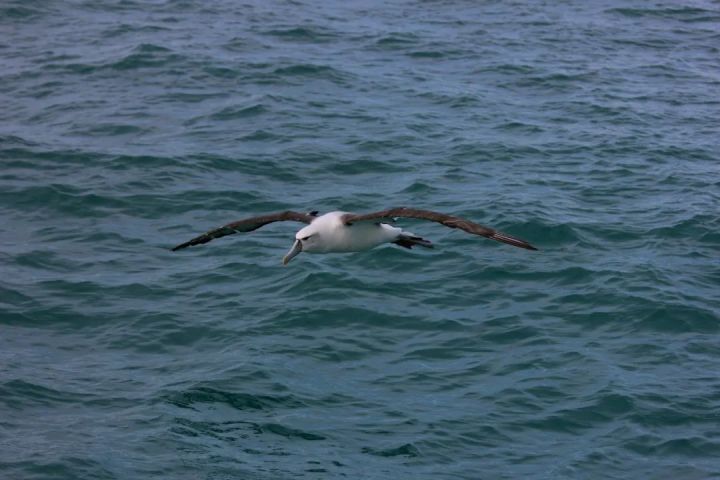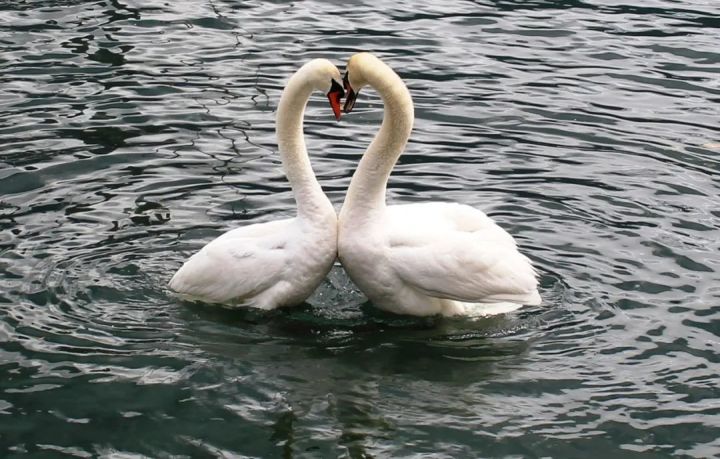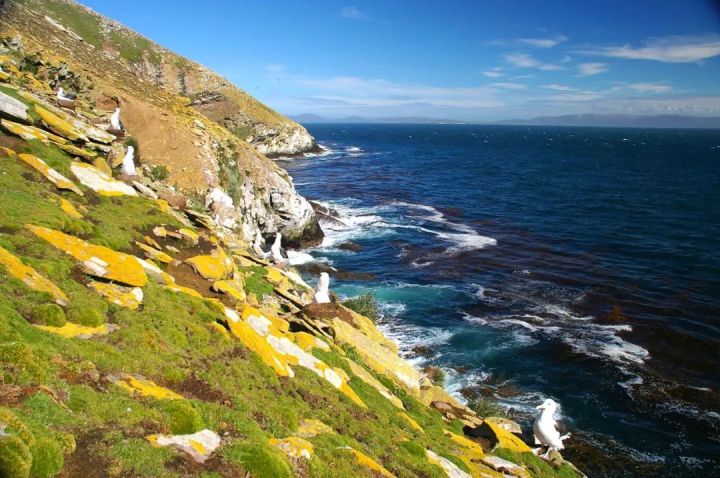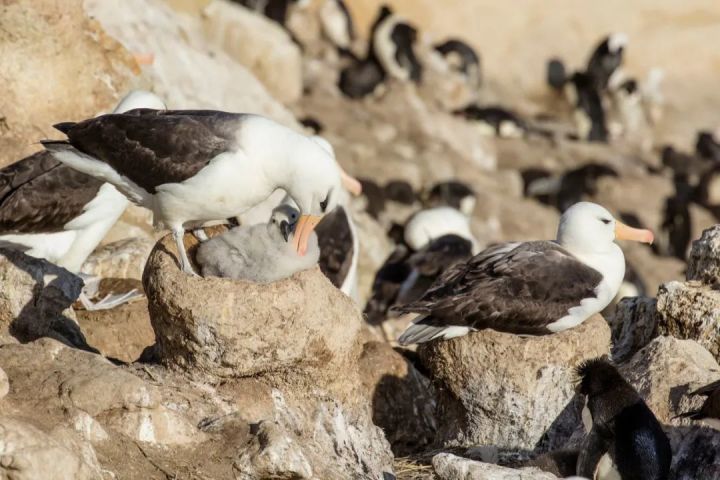The albatross is a seabird that lives widely in the Southern Hemisphere. They are generally known for their huge size and good flying skills. The average albatross can easily reach a wingspan of more than 1 meter and the wandering albatross is the largest species available, they can grow to a wingspan of about 3-4 meters and, at the same time, due to their wingspan. They are very large, so their flight ability is also outstanding, it is reported that they can fly 5,000 km without sleep for 12 days.

However, in addition to those amazing features, the albatross has another much lauded advantage: the strong “monogamy” system, if two albatrosses In most cases, they will stay together for life, the average “divorce” rate for this bird is less than 4%, and in some years even 1% (in the case of a husband and wife). then the human divorce rate in many countries exceeds 50%), so the albatross is also considered a symbol of marital fidelity in some countries.
Of course, in practice, “monogamy” is also common in the animal kingdom, which is the case in many birds, as well as some primates and mammals. carnivores, such as the “monogamy” mode of swans, apes, or arctic wolves.
However, “monogamy” in animals is not fully equated with monogamy in human society, nor can we use our human values to judge animals. . Because for animals, this system has no relationship between emotions and morality, instead it is just a strategy for survival and reproduction – “monogamy” in animals is a beneficial strategy for procreating and nurturing the next generation.

Swans are also typical “monogamous” creatures, often used as symbols of faithful love, but in reality, these creatures cannot be judged by the value of human society.
However, recent studies have found that with the increase of global warming, albatrosses have begun to usher in a wave of divorce! Scientists studied black albatrosses on the Malvinas Islands (also known as the Falkland Islands) in the southern hemisphere. This type of albatross has a stable nesting place and can live for more than 70 years. The “divorce” rate in this albatross is 3.7% and has been maintained for many years, but in recent years this rate has increased to 8%.

Black albatross has a wingspan of 2.4 meters, they will nest on the islands. This is the nesting site of the black-brown albatross in the Malvinas Islands.
Scientists believe that reproductive failure is one of the reasons for the increased divorce rate in albatrosses. Even if global temperatures don’t rise, reproductive failure still drives albatross couples to divorce. During the annual breeding season, the albatross only lays one egg, which the male and the female incubate together, but there will always be some eggs that fail to hatch, or the chicks will die prematurely. Accordingly, the female albatross will fly away and find a new mate, leaving the old male alone. However, the chance that abandoned male albatrosses will find a new mate and mate again is very low.

Black-feathered albatrosses take care of young birds, often young birds will be alternately hatched and cared for by their parents
Another reason is global warming. A warming climate will cause ocean surface temperatures to rise, reduce nutrients in the ocean, and lead to a series of chain reactions that affect the “marriage” of albatrosses. On the one hand, reducing food in the ocean will cause albatrosses to spend more time hunting instead of breeding, so they may miss out on breeding season.
Reducing food will also make the albatross more malnourished, which will reduce the attractiveness of albatrosses looking for a mate. Reproduction of the animal world is very simple, only healthy individuals give birth to healthy offspring, and albatross here too, they will choose healthy males to mate. instead of skinny, sick birds.
Malnutrition in albatrosses can also lead to malformed or more fragile eggs, which certainly increases the chances of failed hatching or premature death of the chicks. Finally, malnutrition can increase the survival pressure of the bird, cause abnormal hormone secretion in the body and affect the choice of mates.
As a result, albatross divorce continues, and the consequent instability of the albatross population as a whole and population decline.
.
